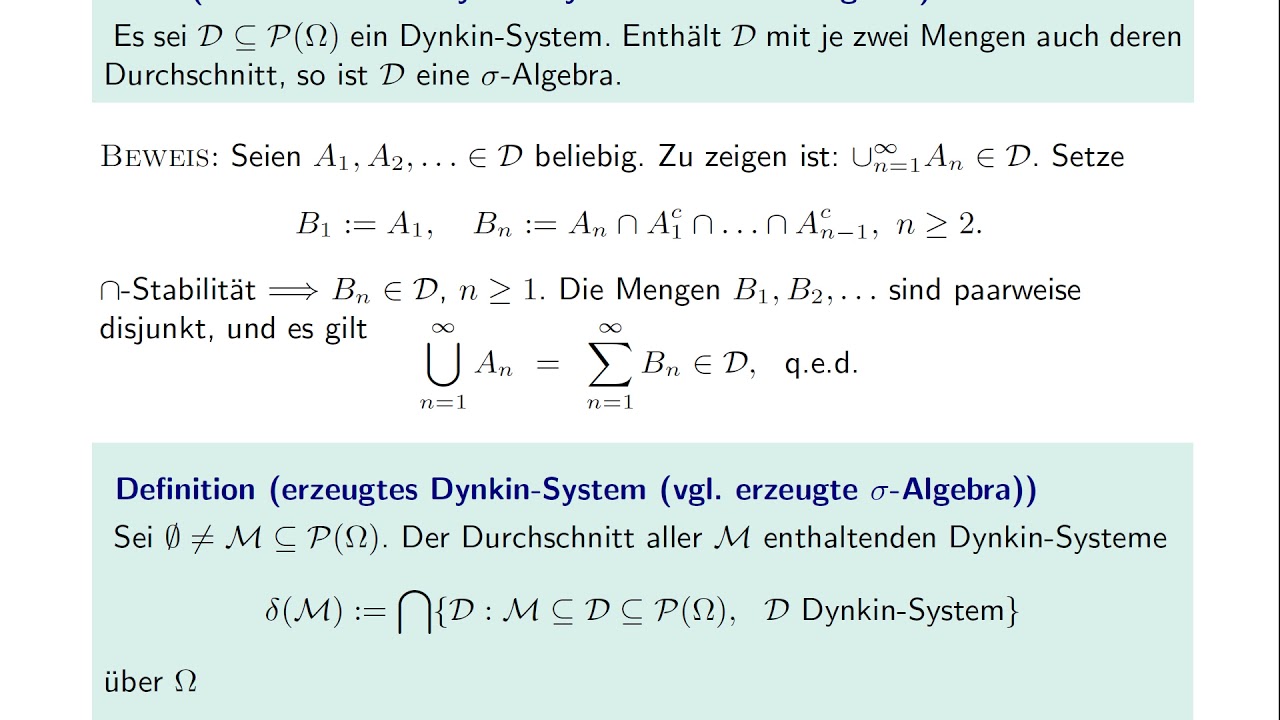
Who was Dynkin, and why is he important? Dynkin was a brilliant mathematician whose work has left a lasting impact on various fields. Eugene Dynkin is best known for his contributions to probability theory, algebra, and mathematical physics. His pioneering research on Markov processes and Lie algebras has influenced countless scholars and practitioners. Born in the Soviet Union, Dynkin's journey from a young math enthusiast to a renowned academic is both inspiring and fascinating. His work continues to be a cornerstone in modern mathematics, making him a pivotal figure worth knowing about. Ready to dive into 25 intriguing facts about this mathematical genius? Let's get started!
Dynkin Diagrams: A Mathematical Marvel
Dynkin diagrams are a fascinating topic in mathematics, particularly in the study of Lie algebras and algebraic groups. These diagrams are named after Eugene Dynkin, a Soviet mathematician who made significant contributions to the field. Let's dive into some intriguing facts about Dynkin diagrams.
-
Origin of the Name
Dynkin diagrams are named after Eugene Dynkin, who introduced them in the 1950s. His work has had a lasting impact on the study of algebraic structures. -
Graphical Representation
These diagrams are graphical representations of root systems, which are fundamental in the classification of Lie algebras. -
Nodes and Edges
Each node in a Dynkin diagram represents a simple root, while edges indicate the angles between these roots. -
Types of Dynkin Diagrams
There are four infinite families of Dynkin diagrams: A_n, B_n, C_n, and D_n. Each family corresponds to a different type of Lie algebra.
The Role of Symmetry in Dynkin Diagrams
Symmetry plays a crucial role in the structure and classification of Dynkin diagrams. Understanding these symmetries can provide deeper insights into their mathematical properties.
-
Symmetric Groups
The symmetries of Dynkin diagrams are closely related to symmetric groups, which are groups of permutations. -
Automorphisms
An automorphism of a Dynkin diagram is a symmetry that maps the diagram onto itself, preserving its structure. -
Reflection Symmetry
Many Dynkin diagrams exhibit reflection symmetry, which can simplify their analysis. -
Rotational Symmetry
Some Dynkin diagrams, particularly those of type A_n, exhibit rotational symmetry.
Applications of Dynkin Diagrams
Dynkin diagrams are not just theoretical constructs; they have practical applications in various fields of mathematics and physics.
-
Lie Algebras
Dynkin diagrams are essential in the classification of simple Lie algebras, which are important in many areas of mathematics and theoretical physics. -
Representation Theory
In representation theory, Dynkin diagrams help classify the representations of Lie algebras. -
Quantum Mechanics
These diagrams also appear in the study of symmetries in quantum mechanics. -
Particle Physics
In particle physics, Dynkin diagrams are used to classify elementary particles and their interactions.
Historical Context and Development
Understanding the historical context of Dynkin diagrams can provide a richer appreciation of their significance.
-
Eugene Dynkin's Contribution
Eugene Dynkin's introduction of these diagrams in the 1950s revolutionized the study of Lie algebras. -
Bourbaki Group
The Bourbaki group, a collective of mathematicians, played a significant role in popularizing Dynkin diagrams. -
Early 20th Century
The early 20th century saw significant advancements in the study of algebraic structures, setting the stage for Dynkin's work. -
Post-War Mathematics
The post-World War II era was a fertile period for mathematical innovation, including the development of Dynkin diagrams.
Interesting Properties of Dynkin Diagrams
Dynkin diagrams possess several interesting properties that make them a subject of ongoing research and fascination.
-
Coxeter-Dynkin Diagrams
Dynkin diagrams are closely related to Coxeter-Dynkin diagrams, which are used in the study of reflection groups. -
Root Systems
The nodes and edges of Dynkin diagrams correspond to the roots and angles in a root system. -
Cartan Matrices
Dynkin diagrams can be used to construct Cartan matrices, which are fundamental in the study of Lie algebras. -
Classification of Simple Lie Algebras
These diagrams provide a complete classification of simple Lie algebras, which are building blocks for more complex algebraic structures.
Modern Research and Developments
Research on Dynkin diagrams continues to evolve, with new discoveries and applications emerging regularly.
-
Quantum Groups
Dynkin diagrams play a role in the study of quantum groups, which are generalizations of classical Lie groups. -
String Theory
In string theory, Dynkin diagrams help classify the symmetries of various string models. -
Mathematical Physics
These diagrams are used in mathematical physics to study the symmetries of physical systems. -
Algebraic Geometry
In algebraic geometry, Dynkin diagrams help classify certain types of algebraic surfaces. -
Ongoing Research
Mathematicians continue to explore new properties and applications of Dynkin diagrams, ensuring their relevance in modern mathematical research.
Final Thoughts on Dynkin Diagrams
Dynkin diagrams might seem complex at first, but they’re super useful in understanding symmetry and algebra. These diagrams help mathematicians and physicists make sense of complicated structures in a visual way. They’re not just abstract concepts; they have real-world applications in areas like particle physics and crystallography. Knowing a bit about Dynkin diagrams can give you a peek into how the universe is organized at a fundamental level. It’s pretty cool how something that looks like a simple drawing can explain such deep concepts. So next time you see a Dynkin diagram, remember it’s more than just lines and dots—it’s a key to unlocking the mysteries of symmetry and structure in our world. Keep exploring, and who knows what other fascinating facts you’ll uncover!
Was this page helpful?
Our commitment to delivering trustworthy and engaging content is at the heart of what we do. Each fact on our site is contributed by real users like you, bringing a wealth of diverse insights and information. To ensure the highest standards of accuracy and reliability, our dedicated editors meticulously review each submission. This process guarantees that the facts we share are not only fascinating but also credible. Trust in our commitment to quality and authenticity as you explore and learn with us.
